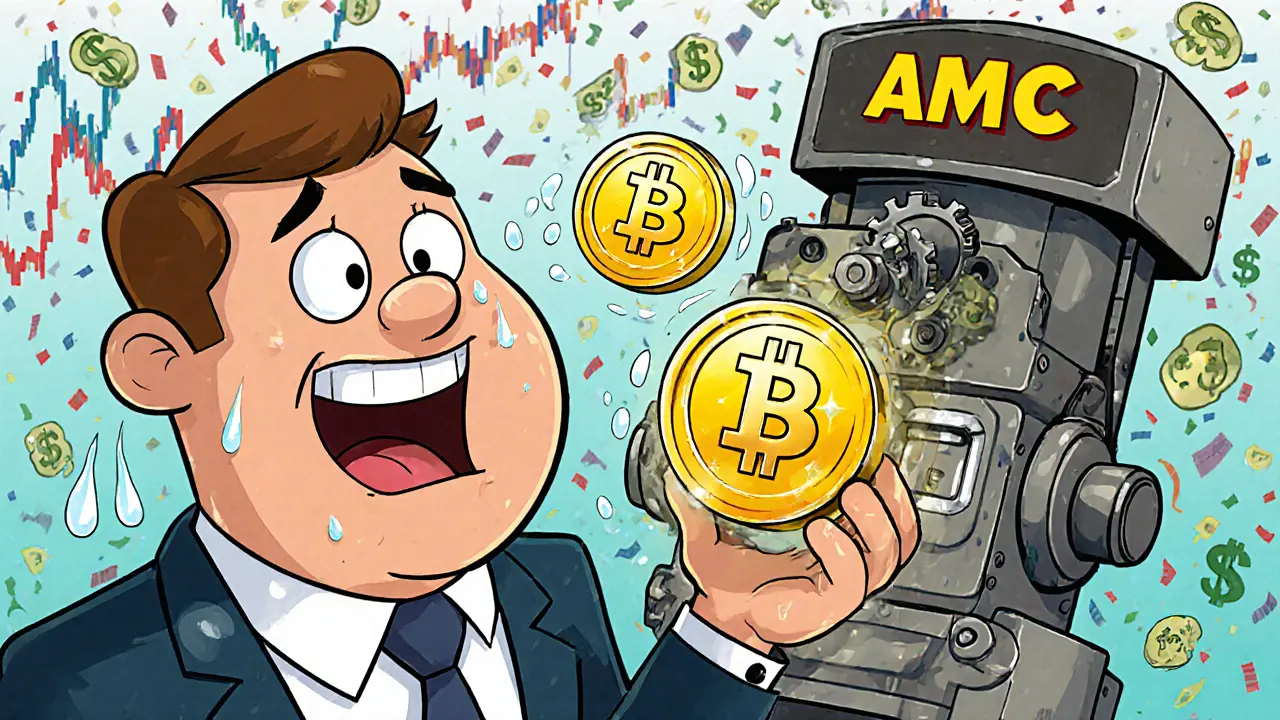Uniswap: The Decentralized Exchange Powering DeFi Trading
When you trade crypto without a bank or middleman, you’re likely using Uniswap, a decentralized exchange built on Ethereum that lets users swap tokens directly from their wallets. Also known as Uniswap V3, it’s the engine behind most DeFi trades today—no sign-up, no KYC, just code. Unlike traditional exchanges like Binance or Coinbase, Uniswap doesn’t hold your money. Instead, it uses smart contracts and liquidity pools where users like you lock up tokens to earn fees every time someone trades.
Uniswap works because of Ethereum, the blockchain that runs the smart contracts powering Uniswap’s trades. Without Ethereum’s ability to execute code automatically, Uniswap wouldn’t exist. It also relies on liquidity providers, people who deposit pairs of tokens (like ETH and USDC) to keep trading smooth. These providers earn a cut of every trade, which is why millions of users contribute to these pools. This system is called automated market making, and it’s what makes Uniswap different from order-book exchanges.
Uniswap isn’t just a trading tool—it’s a building block. Projects use it to launch tokens, DeFi protocols connect to it for swaps, and users rely on it to move between assets without trusting a company. That’s why you’ll find Uniswap mentioned in guides about DeFi, yield farming, and tokenomics. But it’s not perfect. Slippage, high gas fees, and impermanent loss are real risks. Some users lose money because they don’t understand how liquidity pools work. Others get caught in scams that mimic Uniswap’s interface.
The posts below cover real cases: how people use Uniswap to access new tokens, what happens when liquidity dries up, and how regulatory pressure might change how it works. You’ll see how it connects to airdrops, DeFi protocols like dYdX, and even meme coins trading on Ethereum. Whether you’re swapping your first token or trying to understand why Uniswap is the backbone of DeFi, these stories show what actually happens when you click ‘swap’.

